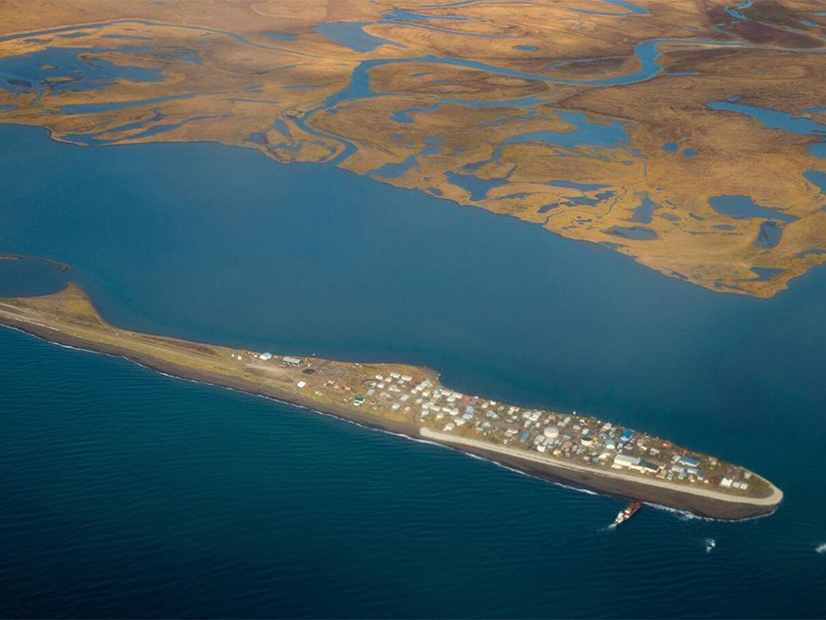Researchers: New Policies, Data Needed to Respond to Climate Threats
EBA Panel Considers Life Beyond the ‘Tipping Point’

Kivalina, an Alaskan native village, has unsuccessfully sought federal funding to relocate because of sea level rise. | Alaska Dept. of Transportation and Public Facilities
Jan 14, 2022
Government officials and utility planners lack the tools and policies needed to address climate change's increasing threat, researchers told the EBA.


